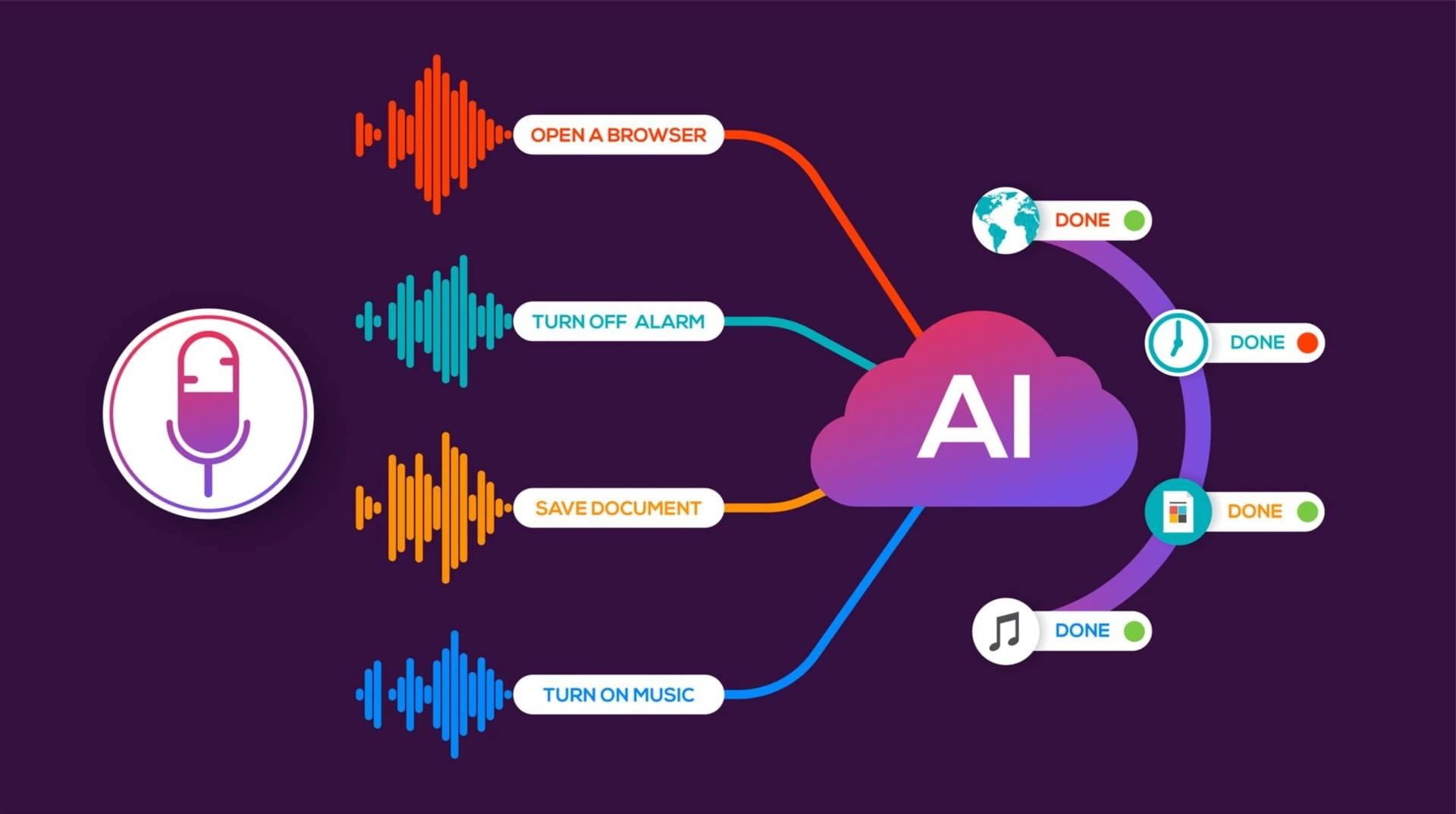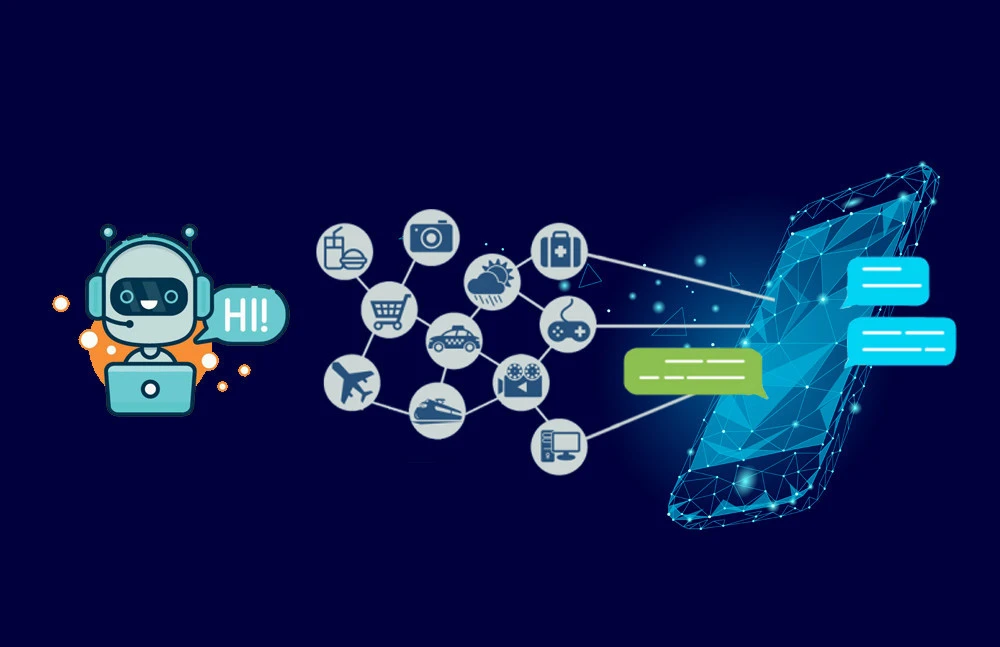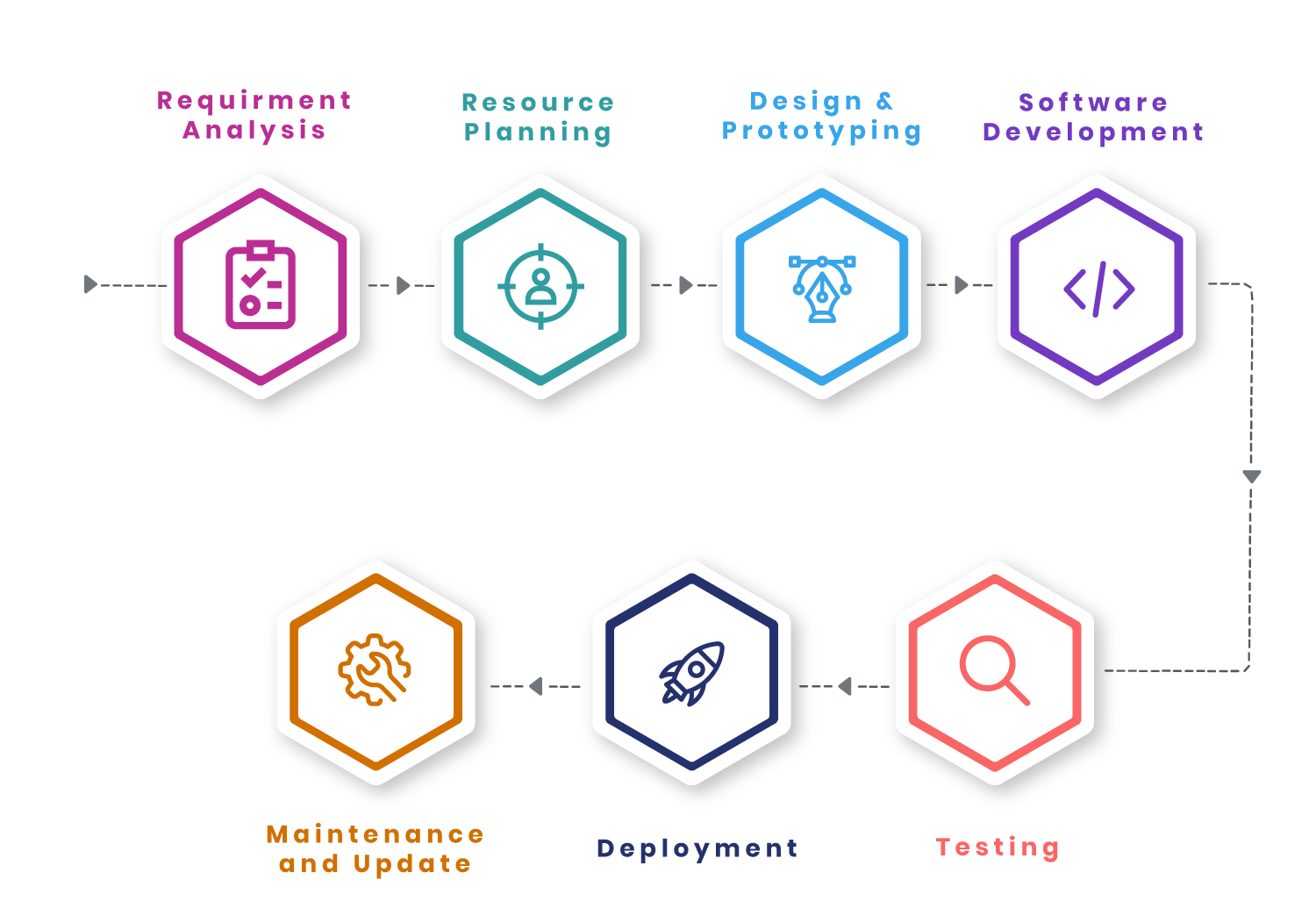Text-to-Speech Service
Create Realistic & Expressive Audio:
Our AI-powered text-to-speech service converts your written content into natural-sounding speech in various languages and voices.
Enhance Accessibility:
Make your content accessible to a wider audience by enabling audio playback for visually impaired users or those who prefer audio consumption.
Boost User Engagement:
Create engaging audio experiences for educational materials, audiobooks, product presentations, and more.
Our Text-to-Speech (TTS) AI services convert written text into spoken audio, enhancing accessibility and user experience across various applications. Here are ten detailed services that can be provided under Text-to-Speech AI Services:
1. Customizable Voice Synthesis:
Description:
Developing unique voices tailored to client preferences, including gender, age, accent, and emotion.
Key Features:
Voice modulation parameters (pitch, speed, volume), natural intonation, and pronunciation customization.
2. Multiple Language Support:
Description:
Supporting TTS in multiple languages to cater to diverse global audiences.
Key Features:
Language-specific phonetic rules, dialect variations, and pronunciation dictionaries for accurate language synthesis.
3. Natural-sounding Speech Generation:
Description:
Enhancing speech synthesis with natural prosody and expressive speech patterns.
Key Features:
Prosodic modeling, intonation control, and emphasis placement to mimic human speech dynamics.
4. Real-time Text-to-Speech Conversion:
Description:
Providing instant conversion of text inputs into spoken audio for real-time applications.
Key Features:
Low latency processing, streaming capabilities, and API integration for seamless integration into live environments.
5. Voice Cloning and Personalization:
Description:
Creating personalized TTS voices by cloning existing voices or incorporating user-specific characteristics.
Key Features:
Voice adaptation to user preferences, accent emulation, and voice model training based on user-provided data.
6. Interactive Voice Response (IVR) Systems:
Description:
Implementing TTS for automated phone systems and customer service applications.
Key Features:
Prompt generation, dynamic text synthesis, and multilingual support for effective IVR interactions.
7. Audio Book Narration:
Description:
Enabling TTS for audio book production to convert written content into engaging spoken narratives.
Key Features:
Chapter segmentation, narrator style customization, and audiobook formatting for various platforms.
8. Accessibility Solutions:
Description:
Enhancing accessibility by converting digital content into spoken audio for visually impaired users.
Key Features:
Screen reader integration, text highlighting synchronized with speech, and accessibility compliance standards (e.g., WCAG).
9. Emotional Speech Synthesis:
Description:
Generating speech with emotional cues (e.g., happiness, sadness, urgency) to convey nuanced communication.
Key Features:
Emotional voice models, sentiment analysis integration, and expressive speech synthesis techniques.
10. Voice Assistant Integration:
Description:
Integrating TTS capabilities into voice assistant applications for interactive user interactions.
Key Features:
Wake-word detection, natural language understanding (NLU), and response generation using synthesized speech.
These Text-to-Speech AI services empower businesses and developers to enhance user engagement, accessibility, and interaction through high-quality, customizable speech synthesis solutions across a wide range of applications and industries.
Benefits:
1. Improve accessibility for users with visual impairments.
2. Enhance the user experience with interactive audio content.
3. Create personalized marketing messages for increased engagement.























